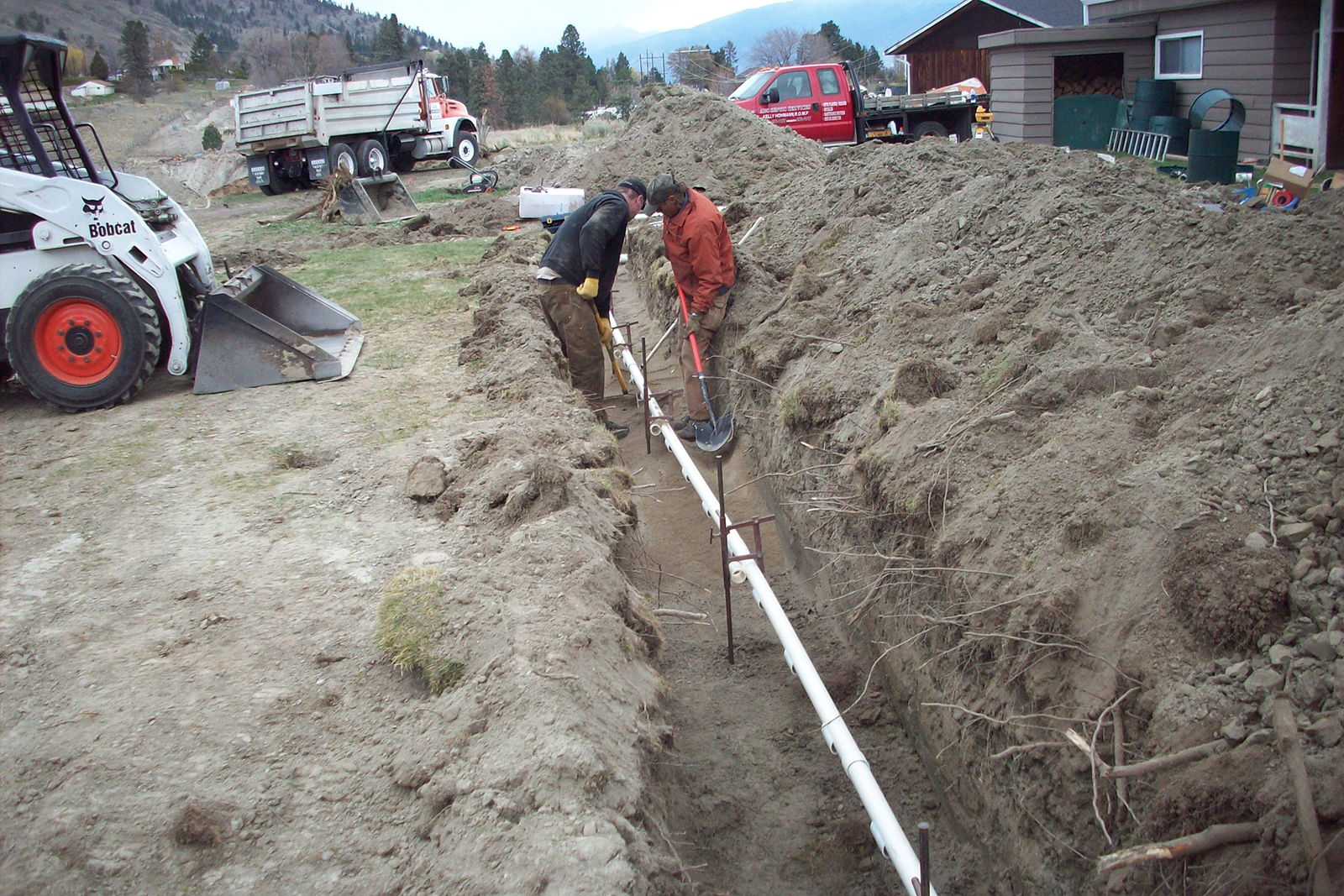Understanding the costs associated with keeping a system in good condition is essential. Whether you’re planning to install a new septic tank and leach field or simply replace an existing one, being aware of the expenses that are likely to be involved can help you budget efficiently and prevent any unexpected costs along the way. There are various factors that contribute to the septic system cost.

The cost for installing a field and septic system can vary greatly depending upon a variety of factors. The size of the required system for septic is the primary issue. Homes with a greater water use will generally need larger septic tanks and leach fields which will result in a greater total cost. Furthermore, the conditions of the soil and the topography of the area may influence the complexity of installation and the cost. The soil’s conditions can be challenging and may require additional excavations or special treatment systems. This will add to the cost.
The cost of a septic system can also be influenced by the choice of septic tanks and fields. Different designs and materials have various cost ranges. Concrete tanks that are traditional tend to be more affordable compared to alternative alternatives like plastic or fiberglass tanks. Advanced treatment systems as well as environmentally sustainable alternatives may be more expensive, but they do offer advantages such as improved wastewater treatment or more water conservation.
When the price to set up the septic tank and leach field will determine the initial budget, it’s crucial to think about long-term maintenance and potential replacement costs. The lifespan of a septic tank is between 25 and 30 years depending on the factors like usage maintenance, materials as well as other factors. With time the septic tank might require repair or replacement. In calculating the cost to replace septic tank, it’s crucial to consider not only the tank itself but also the labor and any upgrades required to ensure compliance with current requirements.
The price of replacing a septic tank will vary based on the size, type and complexity. In certain circumstances to get rid of the old tank and dispose of it appropriately and then prepare the site to allow for a new installation. If regulations have changed in the time since the initial installation you could incur extra costs to bring your new septic up to code.
It is vital to take care of your septic tank and get it regularly inspected. This will help you avoid costly expenses and ensure that the replacement process runs smoothly. Regular inspections enable an early detection of problems which could lead to rapid repairs, and also extend the life of the septic system. The tank should be pumped frequently to prevent the build-up of solids and damage.
When you’re considering septic system installation or replacement, it’s advisable to obtain estimates from a variety of reputable contractors. Comparing these estimates can provide an understanding of the costs in your local area, and help you make an informed choice. Be sure to inquire about warranties and guarantees that the contractor might provide for the work they perform as well as the materials they utilize.
Homeowners and property owners need to understand how much a new septic tank will cost and what the cost of the entire septic systems is. When you consider factors like the size, the materials used, soil conditions, and potential long-term expenses to budget for the replacement or installation of a septic tank and leach field. To maximize the life of your septic tank, and to reduce the cost of replacement, periodic checks, maintenance and proper treatment is essential. Remember, investing in an efficient septic system does not only ensures proper wastewater management but can also improve the overall efficiency and value of your home.
